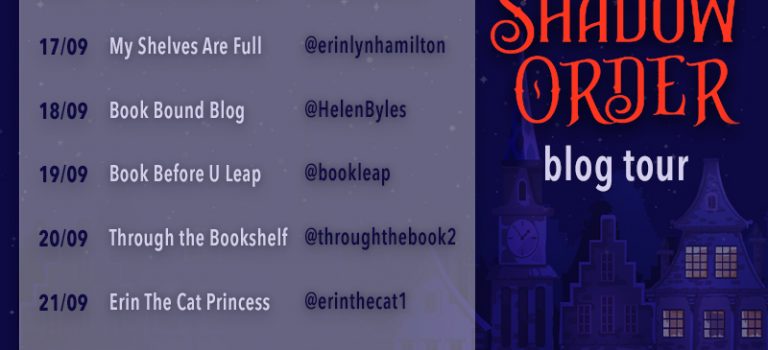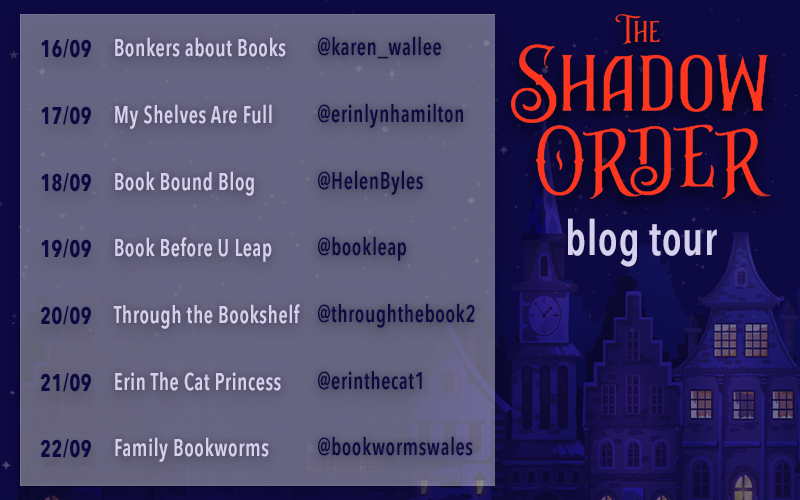
We are delighted to conclude the blog tour for Rebecca F. John’s first novel for children, The Shadow Order. The book has been hotly anticipated and most definitely does not disappoint. Beginning with a unique premise, that shadows begin to show people’s real character rather than an outline of their shape, this is a book that has many curious twists and turns. Those in power ban citizens from going out in the daytime, thus passing ‘The Shadow Order’. From the outset it is pacey and intriguing – the fantasy world is built with care and skill, and the characters are immediately believable and totally likeable. There is a threat that hangs over the characters throughout and these ingredients make for a thrilling and edgy pageturner – authored by a writer with serious talent. Whilst there are pertinent central messages about government control and confinement, the power of rebellion and the will for change, there is an overriding sense of hope. It’s a brilliant read, and we’d say that even if we weren’t in the blog tour.
As with all #TheShadowOrder blog tour posts, we have some exclusive content from Rebecca. First, in a series of posts about the world of Copperwell, we get to know one of the alleys of this fantasy world. (Do visit the other stops on the blog tour to find out more about this wonderfully realised world).
Judge Marlow’s Way Before it was renamed, Judge Marlow’s Way was called Runaway Alley. It was where all the petty criminals of Copperwell lived, stacked together in houses where nothing was safe. Men and women tricked and stole from one another, and no law-abiding citizen dared to set foot there… Except for Judge Marlow, who strode onto the alley one rainy autumn day and declared that from then on Runaway Alley would be made honest, Judge Marlow’s way. Betsy was only a tiny bit of a girl that day, but, cowering in a doorway, she had laughed at Judge Marlow’s declaration. People could not be changed so easily, she’d thought. But that was before the Shadow Order, before she met Teddy and Effie, and before she understood that people really can be changed entirely.
We are also very pleased to bring you this Q and A with author, editor and publisher, Rebecca F. John. Thanks so much to Rebecca for answering our questions with such care – a lot of work goes into organising a blog tour and we are extremely grateful to Rebecca and to Karen at Firefly Press.

What are you reading at the moment?
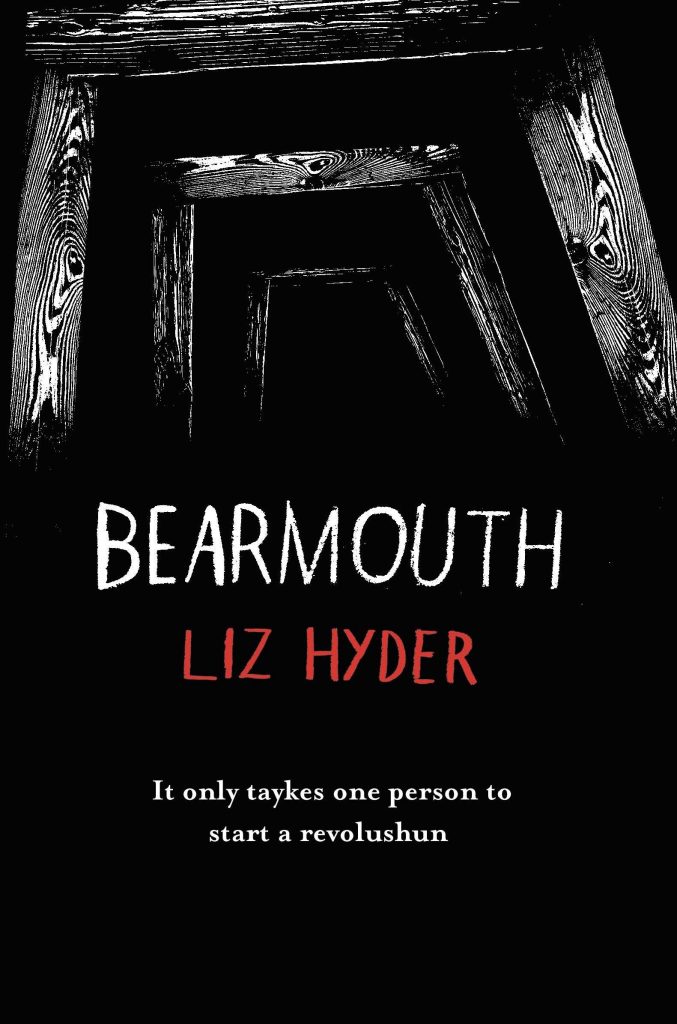
As usual, I’m reading more than one book. My work as an editor means that I’m always reading several as-yet-unpublished books, in various stages of the editing process. But beyond that, I tend to be partway through two or three published books simultaneously. At the moment, those books are Liz Hyder’s middle-grade novel Bearmouth (which I’m really excited about as I ADORED Liz’s adult novel, The Gifts), and a proof of a novel called The Circus Train, by Amita Parikh, which is due to publish in the UK in 2023 but which I think has been a bestseller elsewhere in the world. I’ve only just started reading both, but I’m equally entranced by the two completely different stories.
Where and when do you write?
Anywhere and everywhere. I’m busier than I ever have been: I started working as an editor for Firefly Press very recently; I set up my own publisher, Aderyn Press, last year; I have published three of my own books this year, and I’m currently working on edits for another which will publish next year; and I had a baby four months ago. So at the moment, I write in bed for about ten minutes between the time when the baby falls asleep and I do! I’ve always felt able to write just about anywhere, though, luckily: at a desk in my study preferably, yes, but also in doctors’ waiting rooms, or in car parks, or hotel rooms, or at the beach. Once I’m writing, it’s very easy to tune out from the rest of the world and exist instead within the one I’m creating.
What was the seed that began The Shadow Order?

As I wrote The Shadow Order, it became apparent that it was being shaped by a number of different ideas, memories, books and more. There was a specific moment, though, when the concept for the central idea – the shifted shadows – came to me. I was walking my dogs, Betsy, Teddy, and Effie, along the beach one early morning. It was cold, just after sunrise, and I noticed that our shadows were very clearly cast across the sand, but also that they were quite distorted: stretched long. With that observation came the inciting incident for The Shadow Order – what would happen, I wondered, if our shadows suddenly started revealing our secret feelings? – and also the characters. It was the presence of the dogs as I had this thought, I suppose, which caused them to become integral to the idea in my mind. Or versions of them, at least. I didn’t start writing the novel for another year or two, but that idea stuck with me, and the world of Copperwell started to build around it, so I knew I had to write it.
You have written for adults and this is your first book for children. Was The Shadow Order always a children’s book?
I never really thought about writing for children, though I’ve long stated that it was a children’s book that made me decide to become a writer. When I read Philip Pullman’s Northern Lights, aged roughly ten, I was so blown away by the characters, the world, (and jealous, of course, of the animal daemons), that I decided immediately that I would become a writer. For some reason, I always imagined I’d be a novelist for adult readers – and I have been and will continue to be. But when the idea for The Shadow Order came to me, I knew it was supposed to be a children’s book. I never questioned that. The concept and the characters came to me quite completely, and, as with all my best story ideas, my task was then to transcribe what was already so well realised in my mind. I ‘see’ my stories in that way: like films, almost; as though they already exist. I was fairly nervous about writing for children. I thought of them as a tougher audience – I still do. But the story existed for me by the time I finished that beach walk, and so I had to tell it.
In terms of the writing process, was writing ‘The Shadow Order’ different to your other
books?
Not really in terms of process. I’m not a great planner and I’m not a great plotter (though I’m a better one now, having written a children’s book!). The story tends to play for me like a film – though not as neatly of course – which I desperately try to get down on paper. I think most writers will say, however, that none of it is ever as good, as vivid, as it is in your mind by the time is reaches the page… I suppose I’m quite a simple writer in that sense, though. I start at the beginning and write to the end, stopping to research when I reach a sticky point. What did feel slightly different was the editing process, which was often focussing on not holding the young reader up, through description, but also through punctuation, for instance. That was a learning curve for me.
Do you have a writing routine?
Absolutely not. I wish I did, but I genuinely don’t have the time. I snatch writing minutes or hours whenever I can. Perhaps if I were a full-time writer, I might develop a routine, but I’m not sure that would suit me particularly. I think those aspects of routine which, by necessity, I lack, are made up for with industriousness. I work incredibly hard, whenever I’m able. And I LOVE the time I spend writing, so I’m always looking forward to it. One of my favourite things to do is get up very early and write while everyone else in the house (dogs included) is still asleep… I suppose there is one aspect of my life which is routine driven, and which certainly feeds into my writing, and that’s my daily walk. I start almost every day with a dog walk and, like many writers, I find that the act of walking allows my ideas to grow and settle in ways I might never have expected. I don’t know whether it’s something to do with the rhythm of footsteps, or being out exploring and experiencing nature, but whatever it is, I don’t feel that I’d be the same writer if I wasn’t able to walk along the coast or amongst trees.
The Shadow Order has a very unique, almost sci-fi idea at its core which is to do with
space, time and horology. Is this something that interests you? (and how on earth did you
come up with it!?)
It does now! Really the idea grew from that one moment I described on the beach. As I wrote further into the novel, the world obviously needed to be more and more realised, it needed to have its own set of rules – a fantasy novel can’t work otherwise. And as the world grew, so too did these ideas around space, time, and horology. I soon realised that Betsy was a keen amateur astronomer and that added another layer to those developing ideas. I won’t pretend to know very much about any of it. I was learning along with the characters. But it certainly was fascinating to write… As for how I came up with it… Who knows? Writing is so often exploration of a question or an idea the writer wants to know more about, and probably that’s what I was doing with this novel – exploring and musing on the human relationship with the natural world and all that we cannot control.
The main characters of the book are inspired by your dogs, not just in name but in
personality too. Did this lead to any confusion for you?
It actually helped me to develop the characters. Oftentimes, characters begin as a true blank slate. But with Betsy, Teddy, and Effie, I had their funny little ways to refer to, to flesh out the characters which would, inevitably, grow apart from their canine counterparts as human concerns increasingly shaped their thoughts and actions. Still, the characters have retained the essence of Betsy, Teddy, and Effie’s personalities, I think. Betsy remains the apparent leader of the pack, but with a need to lean on her friends for support. Teddy still lacks confidence compared to the others, but is loyal and true. And Effie’s mature and more sensible nature reflects that of the real Effie-cocker-spaniel. It was a lot of fun to humanise them in that way.
The world you have created is fantastically realised. What is the key to making it so tangible?
Thank you… Practise! World building is just another facet of writing – like character development or description – and hopefully, the more we do it, the better we get at it. There are techniques, of course: writing the senses, moving your characters with attention through the space, allowing yourself to develop aspects of that world that will never belong on the page, so that you can know and feel them. But really what I’m saying is you have to believe in it. You need to be able to envisage what your characters might do off the page. Just knowing those things, even if they never leave your mind, will enable you to write more convincingly.
You are a keen walker. How important is walking to your writing process – if at all?
Ah, I touched on this earlier! I think it’s hugely important. So many writers walk, and that can’t be coincidental. There might be something to the rhythm of just putting one foot in front of the other which, I don’t know, encourages ideas to … solidify, almost. Perhaps being in nature nurtures creativity. Maybe it is simply that doing something physical, as opposed to sitting still with your thoughts, helps to shape them. I really don’t know; it’s probably all of those things. What I do know, though, is if I don’t walk, I experience the same feeling I get if I can’t write: an itchy, uncomfortable, discontent which can’t be assuaged by any other means.
What do you hope young readers will get out of The Shadow Order? Particularly, what do
you hope they might learn from Betsy, Teddy and Effie’s journey?
I hope The Shadow Order will encourage young readers to explore and adore the natural world, to challenge the systems they live within, and to nurture their true talents, whatever they might be. Those ideas are central to this novel for me. I hope, too, that they will learn to accept themselves, as Betsy, Teddy, and Effie do. That is something I came to later, after I turned thirty, and something which I think we could talk to young people about more, rather than expecting them to figure it out by themselves. Self-acceptance is not necessarily something we all just arrive at over time.
Which of your characters is most like you?
Betsy, probably. She’s the one who reveals the least of herself, and I think that’s one of my traits. I’m very self-contained. I like to be perceived as always calm, always capable, and so does Betsy. I think, though, that we are forever mining different parts of ourselves for characters. They are perhaps all variations on who the writer is or might be.
Tell us about working with Firefly Press.
Working with Firefly Press has been amazing. Penny Thomas is an incredible editor: experienced, wise, and sensitive. She’s taught me a lot about writing for children and in a completely unobtrusive way. I’ve admired Firefly’s books for a long, long time, so when I had the idea for The Shadow Order, I knew exactly where I wanted it to be published. I’m so pleased the Firefly team were willing to take a chance on me as a first-time children’s writer.
You recently set up Aderyn Press. Why did you feel there was a need and will there be
children’s books?
Aderyn is dedicated to adult books – specifically spooky, historical, and speculative stories. There were a lot of reasons for setting up Aderyn. I wanted to help prove that books of wonderful quality, with global appeal, can be produced in Wales. I wanted to offer a home to those stories which ought to be told, but perhaps don’t quite fit within the parameters of big-five publishing. I wanted to be a female business owner. I wanted to publish first-time authors and really support them through the process. I could go on… I decided, though, that this big project needed to have quite a narrow focus for it to work, so I came to the conclusion that I should publish the kind of books I most like to read. ‘Spooky, historical, and speculative’ best summed that up. Aderyn will publish only three titles a year, since I’m going it alone and there really is SO MUCH involved in publishing a book. I’m scheduled up to the end of 2023 with novels which are completely different which all tell compelling, intricate, and heart-breaking and/or hopeful stories.
What books can you recommend for fans of The Shadow Order?
Philip Pullman’s Northern Lights. Anything by Kiran Millwood Hargrave: The Way Past Winter is a favourite of mine. Eloise Williams’ Gaslight. Catherine Fisher’s The Clockwork Crow. October October by Katya Balen. I loved all of these books.
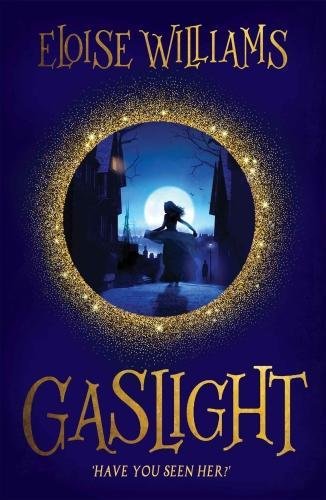
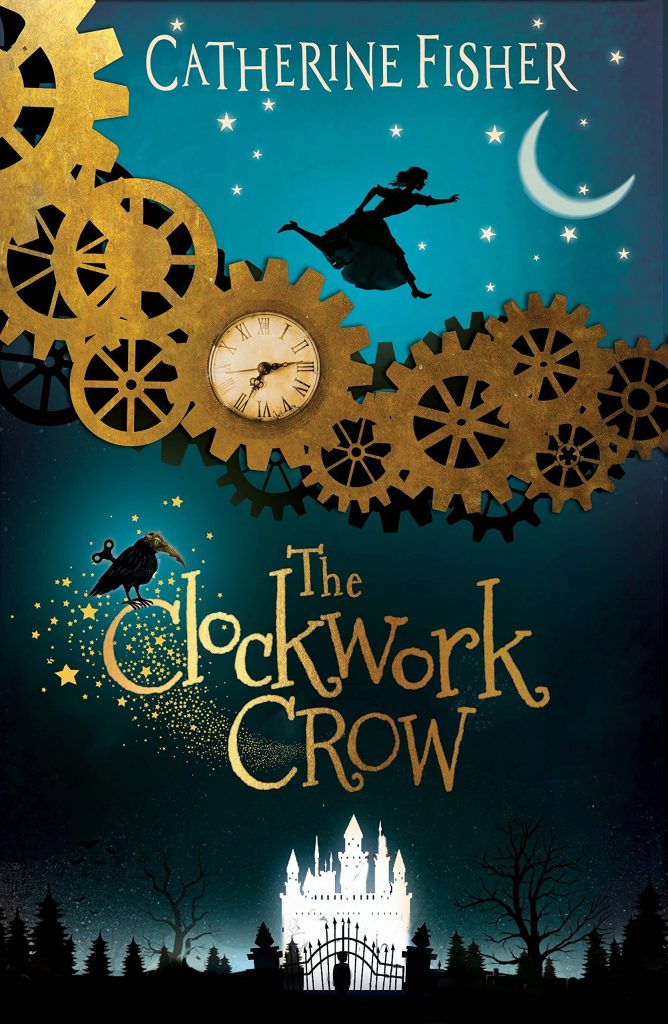
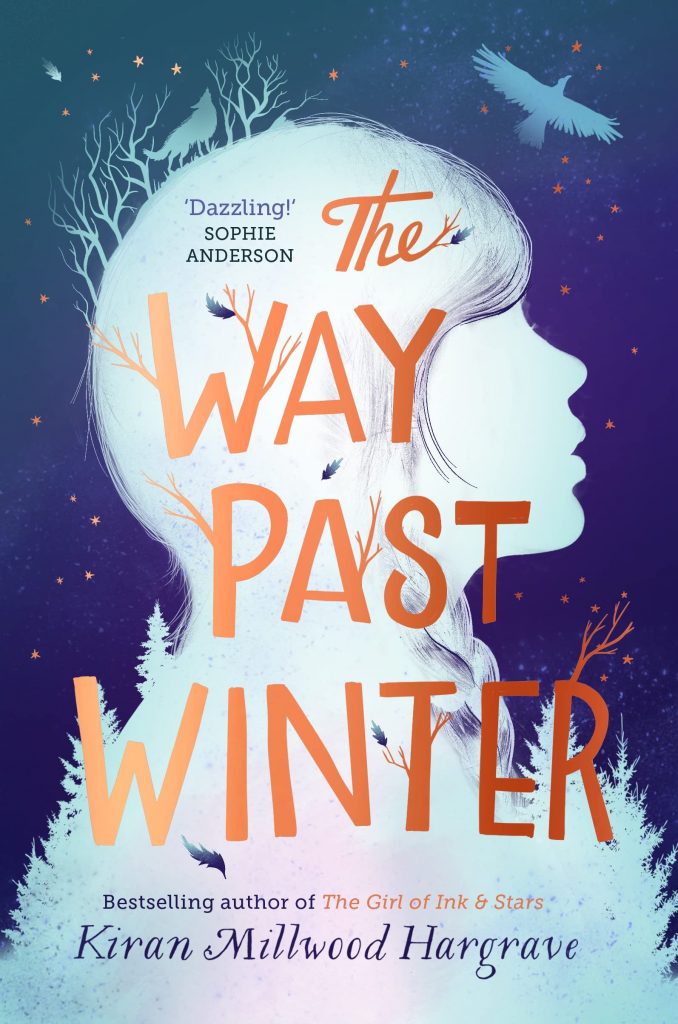
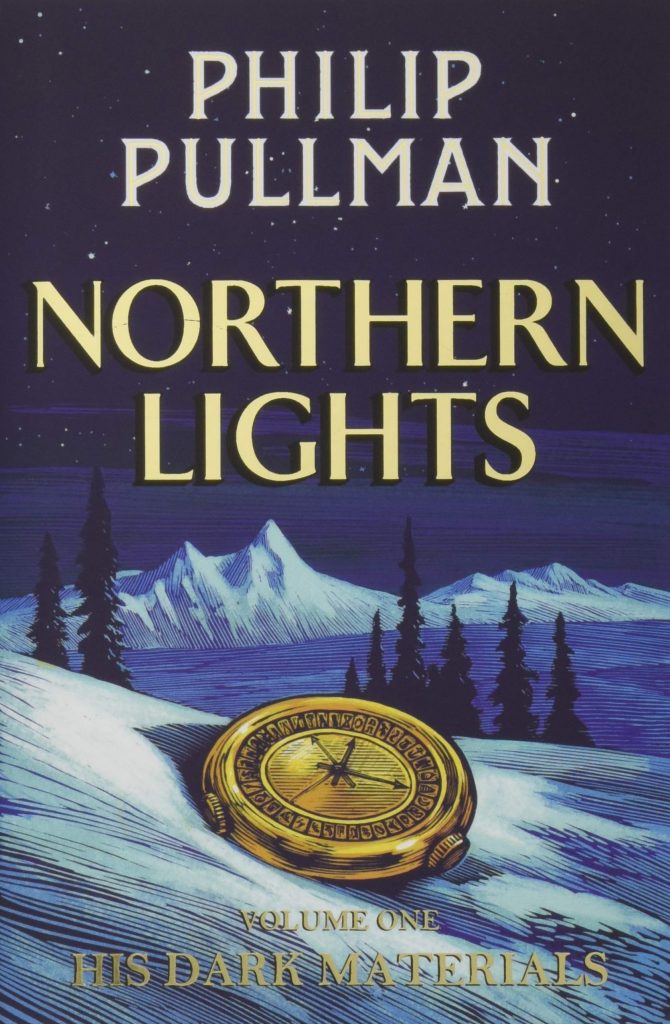
What are you excited about right now?
So much! The Shadow Order publishing, of course. The book I’m publishing next year being announced. The new ideas I have that I want to write. The huge stack of books I have yet to read. Winter – I LOVE the winter. And planning what comes next. I’m not much of a planner when it comes to narrative, but I love planning for life: little excursions; big ambitions. I try to make the most of every minute.
How would your 10 year old self react to what you do now?
My ten-year-old self would be seeing her dream come true! And actually, I think that’s really important to reflect on every now and then. It’s incredibly easy in this industry to always be comparing yourself to someone else and finding yourself lacking. I published a book, but why didn’t a bigger publisher want it? Or… I sold a book, but not in a big auction. Or… why didn’t my book win a major prize? I’m pretty sure everyone falls into those traps now and then, and I definitely include myself in that. But I do try to remind myself that I have fulfilled my ten-year-old self’s dream. I have published books. They exist in the world for people to pick up and read and find their own dreams or comfort or hope in. My ten-year-old self would be ecstatic about that!
Will there be more books for children?
I hope so. I would like The Shadow Order to become a trilogy, as I don’t think Betsy, Teddy, and Effie have finished with me yet, and I do have an idea for their next adventure. But we’ll see!
If you weren’t an author what would you be?
My first dream was to become a tennis player. I was a very practical child, however, and I soon realised that I really wasn’t very good at tennis. Still, I love to watch it and, in my heart of hearts, I can still quite easily envisage myself on centre court at Wimbledon. Ha! I’m a good dreamer, aren’t I? … Like many writers, there are a hundred things I’d like to be. Perhaps that’s part of the reason we’re writers. I’d like to be a historian, a psychologist, an artist. But at the top of the list is a desire to work with animals. I’d love to offer a retirement home to elderly unwanted dogs – as many of them as possible – and see them live out their days happy.
Thanks again to Rebecca for the content and to Karen for organising. The Shadow Order is available to buy now from your local bookshop or direct from Firefly Press.
